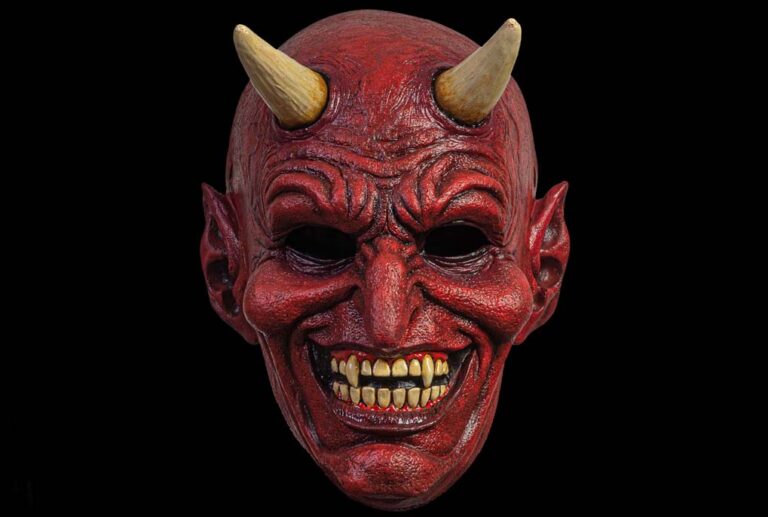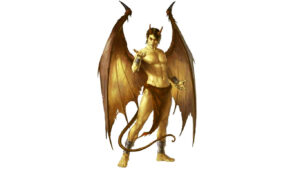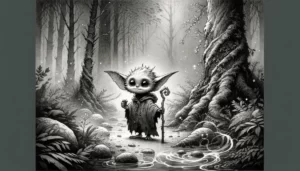Table of Contents
Who is the Devil?
The Devil, a prominent figure in various religious traditions, particularly Christianity, embodies evil and temptation. In Christian theology, the Devil, also known as Satan, Lucifer, or Beelzebub, is regarded as a fallen angel who rebelled against God and personifies sin and malevolence.
Different cultures and religions have diverse interpretations of an evil figure, often associated with mischief, chaos, or the adversary of divine forces. Beliefs about the Devil vary among religious traditions, contributing to a rich tapestry of cultural and mythological narratives.
Characteristics
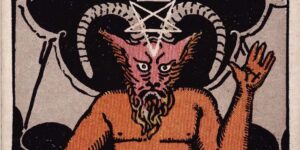
In addition to the common imagery of horns and a tail, artistic representations of the Devil often include fiery or red elements, reflecting associations with hellfire and damnation. The Devil is frequently depicted as a cunning and persuasive figure, using temptation to lead individuals astray from moral or divine paths.
Cultural depictions vary, with some traditions emphasizing the Devil’s role as a trickster or deceiver. In literature and religious texts, the Devil is often linked to themes of temptation, sin, and the eternal struggle between good and evil.
Transitioning from the troublesome reputation many acknowledge, the Devil’s primary flaw was likely pride, leading to his expulsion from heaven. Refusing to bow to humans, he asserted superiority based on his creation from fire compared to humans from earth. When denied this superiority and banished to earth, wounded pride fueled his vow for revenge against God and humanity.
In his cleverness, the Devil corrupted humanity to disgrace God and prompt divine punishment. His strategic scheme succeeded in spreading sin globally, earning him a reputation as a purely malevolent spirit with a talent for temptation. Despite this, a minority admires the Devil for his shrewd intelligence and rebellion against God, seemingly at odds with the Devil’s own beliefs.
Origin
The term “Devil” originates in various ancient languages. In Old English, “deofol,” and in Middle English, “devyl,” referred to the malevolent supernatural being. These terms can be traced back to Latin, where “diabolus” represented a slanderer or accuser. In turn, “diabolus” has its roots in Greek, with “diabolos” meaning a traducer or accuser.
Throughout history, numerous cultures and religions have featured the idea of a malevolent supernatural entity. This entity tempts individuals away from righteousness, embodying a force opposing goodness. While specific characteristics of the Demon may vary, the overarching concept persists in diverse mythologies and belief systems.
Jewish
In Judaism, the devil figure isn’t as prominent. Instead, focus is on Satan, an adversary or accuser. In Hebrew, “satan” means adversary.
Satan, in Jewish theology, serves a specific role in God’s plan, acting as a prosecutor in the heavenly court. His function is to test individuals, with God holding ultimate authority.
A malevolent supernatural entity, like the Devil in other traditions, isn’t central in Judaism. Beliefs emphasize individual responsibility, free will, and humans’ capacity to choose between good and evil.
Christian
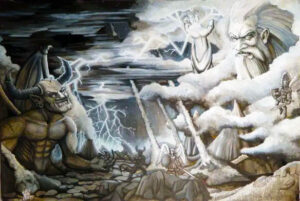
In Christianity, the Devil, known as Satan or Lucifer, plays a significant role in opposition to God. According to Christian theology, he was a fallen angel rebelling against God, seeking to assert his own authority.
Depicted as the embodiment of evil, tempting humans and opposing divine goodness, the Bible doesn’t explicitly detail the Devil’s fall. However, it is often associated with passages describing Satan’s descent from heaven.
Christian beliefs maintain that the Devil continues to oppose the divine plan, leading individuals away from God through temptation and deception. He is a central antagonist in Christian eschatology, tied to the concepts of eternal punishment and a final judgment.
Islamic
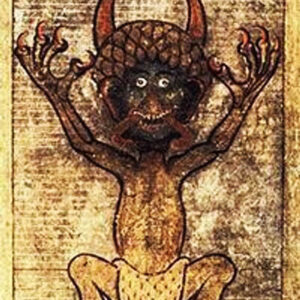
In Islam, the devil figure is Iblis or Shaytan, not a fallen angel but a jinn, created from smokeless fire. According to Islamic tradition, Iblis, initially a pious worshiper, refused to bow to Adam when God commanded angels and jinn.
His disobedience led to Iblis’s expulsion from paradise, and he received respite until the Day of Judgment. Islamic theology views Iblis as the archenemy of humanity, actively working to lead individuals astray from the path of righteousness.
Islamic teachings emphasize the importance of seeking refuge in God from the influence of Shaytan and being vigilant against the devil’s temptations.
Modern Appearances
In modern culture, the Satan remains prominent, portrayed diversely in literature, art, and media, reflecting evolving cultural interpretations:
Literature: Authors explore nuanced Devil characters in works like Bulgakov’s “The Master and Margarita” and Morris West’s “The Devil’s Advocate.”
Film and Television: The Devil is a popular, cunning character in movies and shows like “Lucifer” and “The Devil’s Advocate.”
Art and Visual Media: Artists draw inspiration from the Devil, symbolizing rebellion or darker human aspects, in various visual representations.
Popular Culture: The Satan appears in music lyrics and comic books, contributing to the ongoing fascination with the supernatural figure.
Philosophical and Literary Exploration: Modern thinkers discuss the Devil in philosophical and literary contexts, exploring morality, free will, and the human condition.
Devil FAQ
Who created the devil?
In Christian theology, the devil is believed to have fallen from grace and rebelled against God. The devil is not created as an evil entity but is said to have chosen the path of rebellion.
Who is the devil?
The devil, also known as Satan, is a supernatural being in various religious traditions, often considered a malevolent force opposing God. In Christianity, the devil is associated with temptation, sin, and evil.
What does the devil card in tarot mean?
In tarot, the Devil card typically symbolizes temptation, bondage, or the influence of material desires. It encourages self-awareness and breaking free from negative influences.
Why are goats associated with the devil?
Goats have been historically associated with the devil in some cultural and religious symbolism. This connection may stem from depictions of the devil with goat-like features, such as horns and hooves, in medieval European art.
What does the Bible say about the devil?
The Bible describes the devil as a fallen angel who rebelled against God. The devil is often associated with temptation, sin, and opposition to divine authority, appearing in various books of the Bible.
